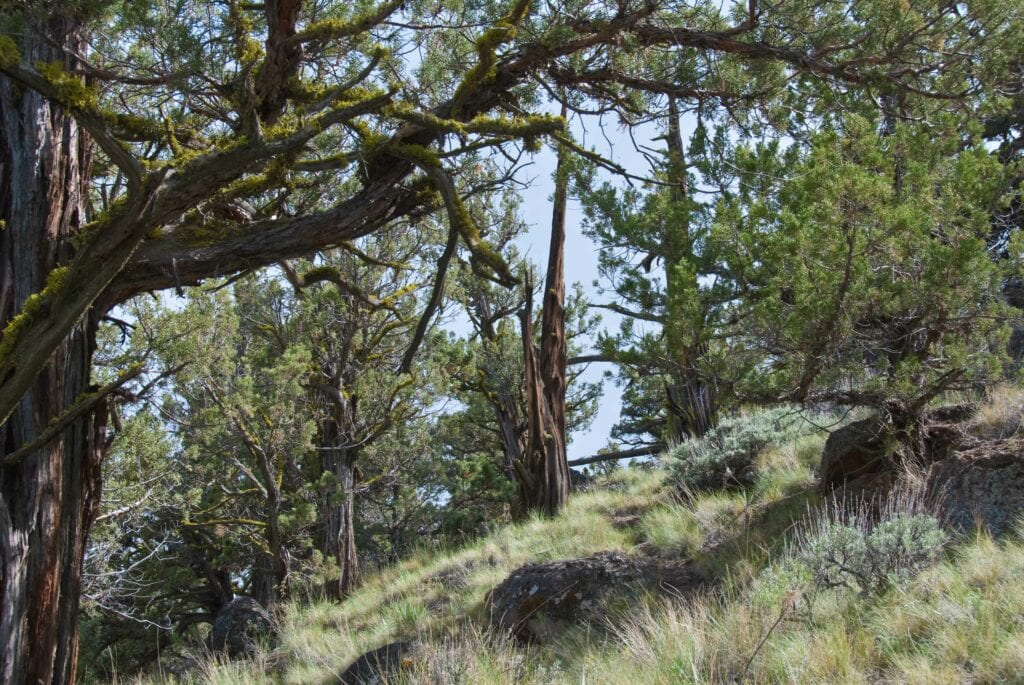What is the difference between old-growth, persistent, and presettlement woodlands?
In the literature, the terms presettlement, persistent, and old-growth are often used for woodlands existing on the landscape prior to Eurasian settlement. Although often used interchangeably, each has a different meaning and may or may not be one and the same. Presettlement woodlands established prior to Eurasian settlement and introduction of livestock around the 1860s may or may not exhibit old-growth characteristics. Persistent woodlands (synonymous with potential vegetation) are based on ecological site characteristics and disturbance regimes that allow woodlands to develop into a late successional stage. Old-growth is based on relative tree age and woodland structural characteristics. (see guidelines for identifying old and young woodlands)
